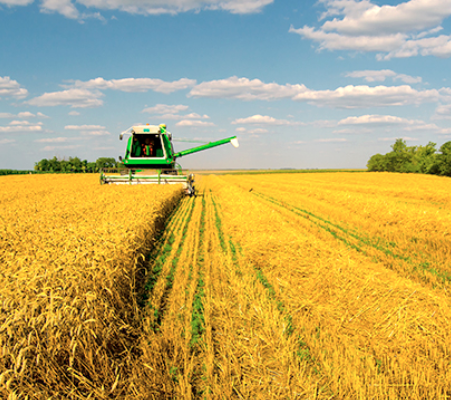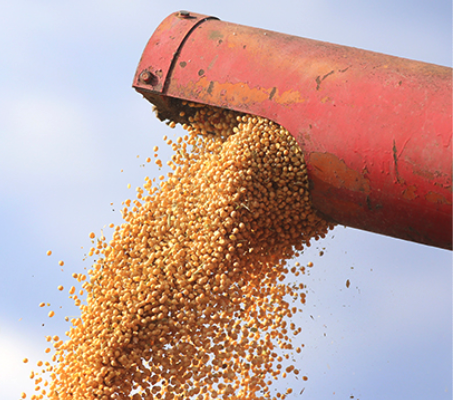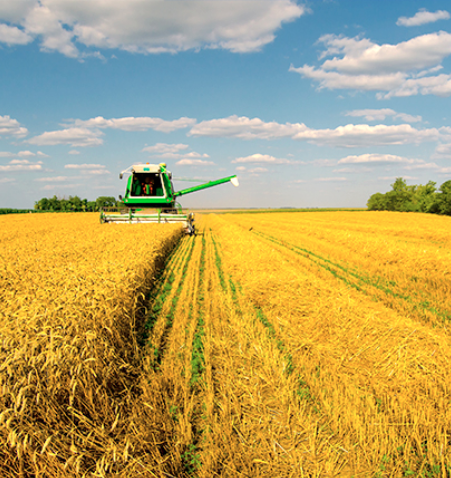Key Points/Overview
Methyl mercaptan naturally occurs in some foods (e.g., onions, radishes, asparagus, some nuts and cheese) and it is naturally formed by microflora metabolism of proteins in marine environments and in human and animal gastrointestinal tracts. It may be recognized as the “boggy” smell that naturally occurs from decaying matter in marshes.
Methyl mercaptan is mainly used to produce methionine, a dietary supplement for poultry and animal feed. It is also used as an intermediate in the production of pesticides, fungicides, plastics and animal feed additives.
Methyl mercaptan is flammable in industrial settings and at high doses can cause headaches, nausea, eye irritation and respiratory distress.
The low levels of methyl mercaptan presented in foods, human breath, sea air and bogs are generally not considered safety risks.
Uses & Benefits

Methyl mercaptan is mainly used to produce methionine, which is used as a dietary supplement for poultry and animal feed. Methyl mercaptan also is used in industrial applications as an intermediate in the production of pesticides, fungicides, plastics and animal feed additives. As an industrial intermediate, the chemical is reacted into something else or fully consumed to make the product.

Contrary to many reports, methyl mercaptan is not used as an odorant in natural gas, propane, or other gaseous fuels. The “mercaptan” odorants used to give the distinctive odor to these fuels are other mercaptan and sulfide chemistries.

Safety Information
When used in industrial settings, methyl mercaptan is flammable and can cause headaches, nausea, eye irritation, and respiratory distress at high doses. It can be absorbed rapidly through inhalation and minimally through skin and eye exposure.
When inhaled, methyl mercaptan can cause symptoms including headaches, dizziness, nausea and eye irritation. At significant doses, methyl mercaptan inhalation can lead to more serious health complications and can be fatal.
Facility workers are trained in the safe handling of this chemical to limit exposures and risk. First aid protocols generally advise that workers and those who inhale methyl mercaptan while in an industrial setting should be moved from the exposed environment to fresh air at once and monitored for respiratory distress.
While methyl mercaptan is strongly odorous, the low levels present in foods, human breath, sea air, and bogs are not considered safety risks. Most humans can detect methyl mercaptan odor at concentrations 500 times lower than the accepted safe exposure limit.
For complete safety information, reference the manufacturer’s specific Material Safety Data Sheet.


